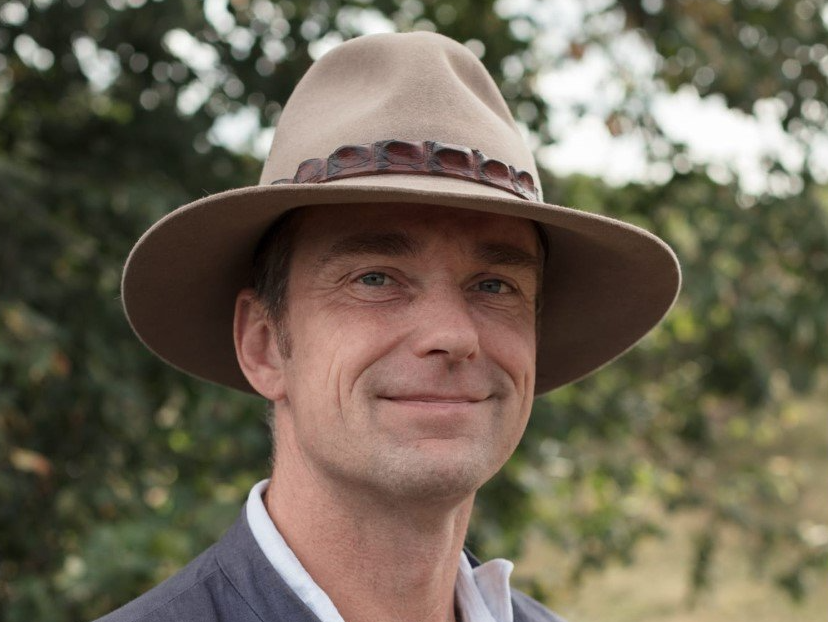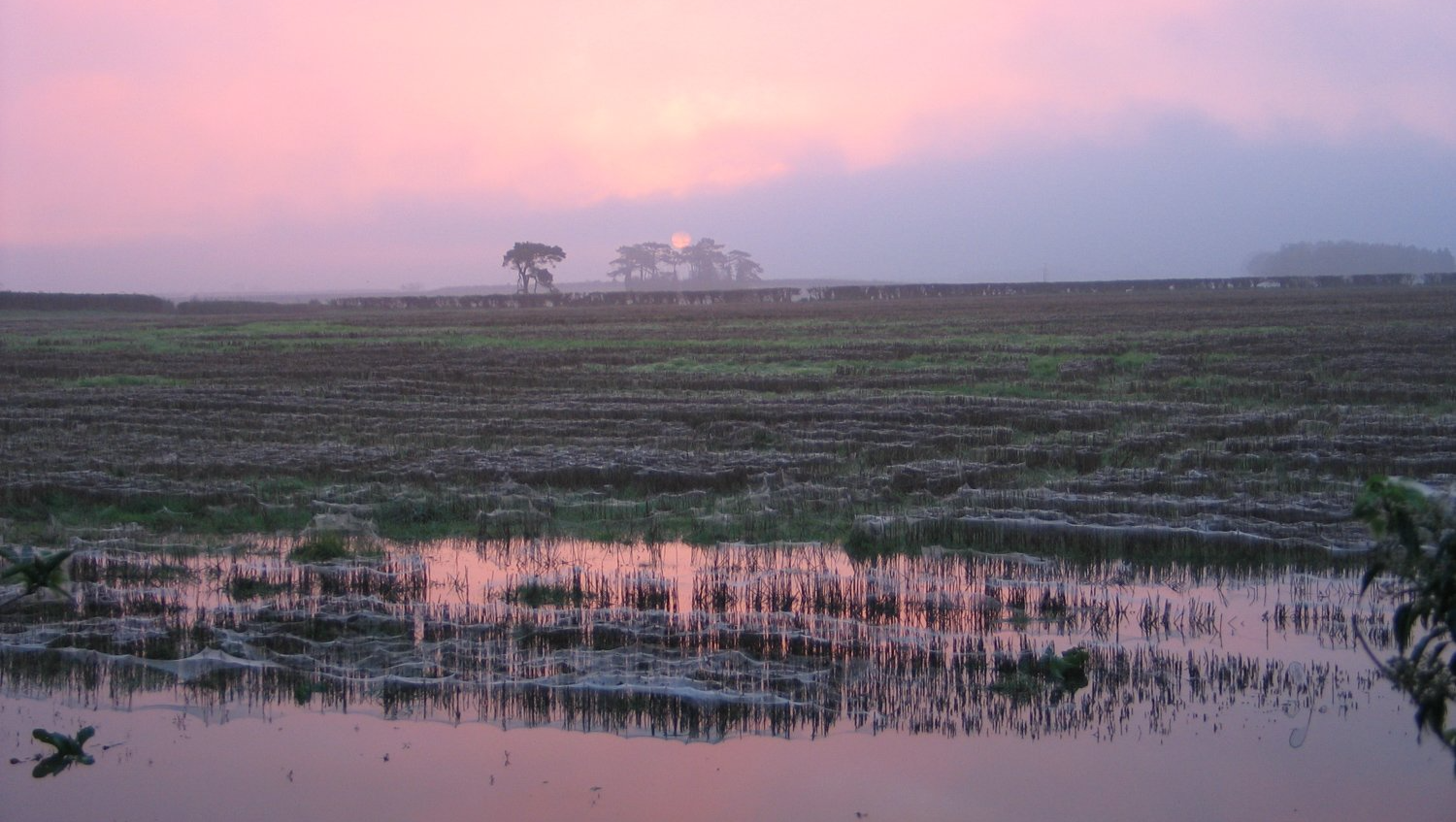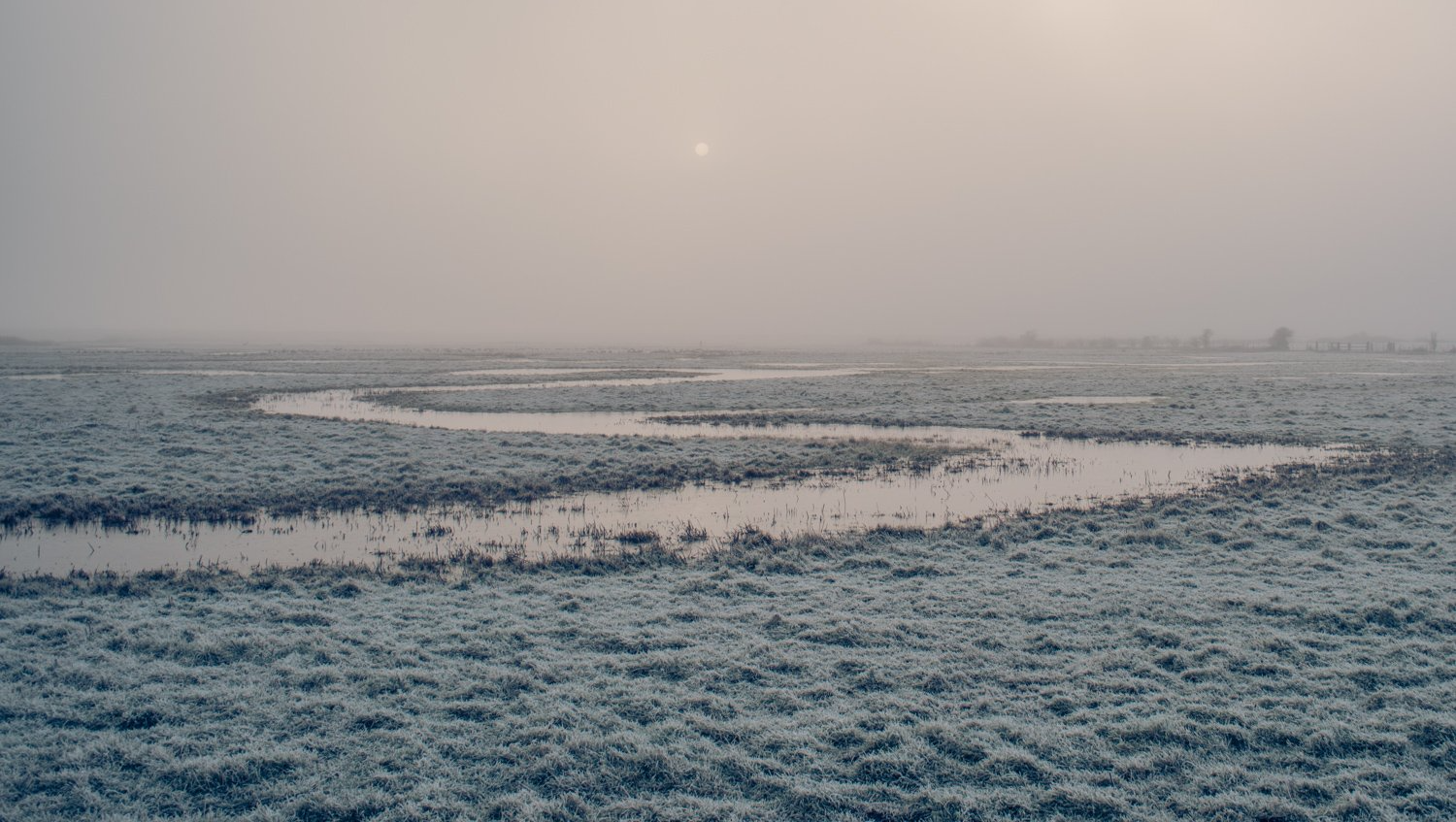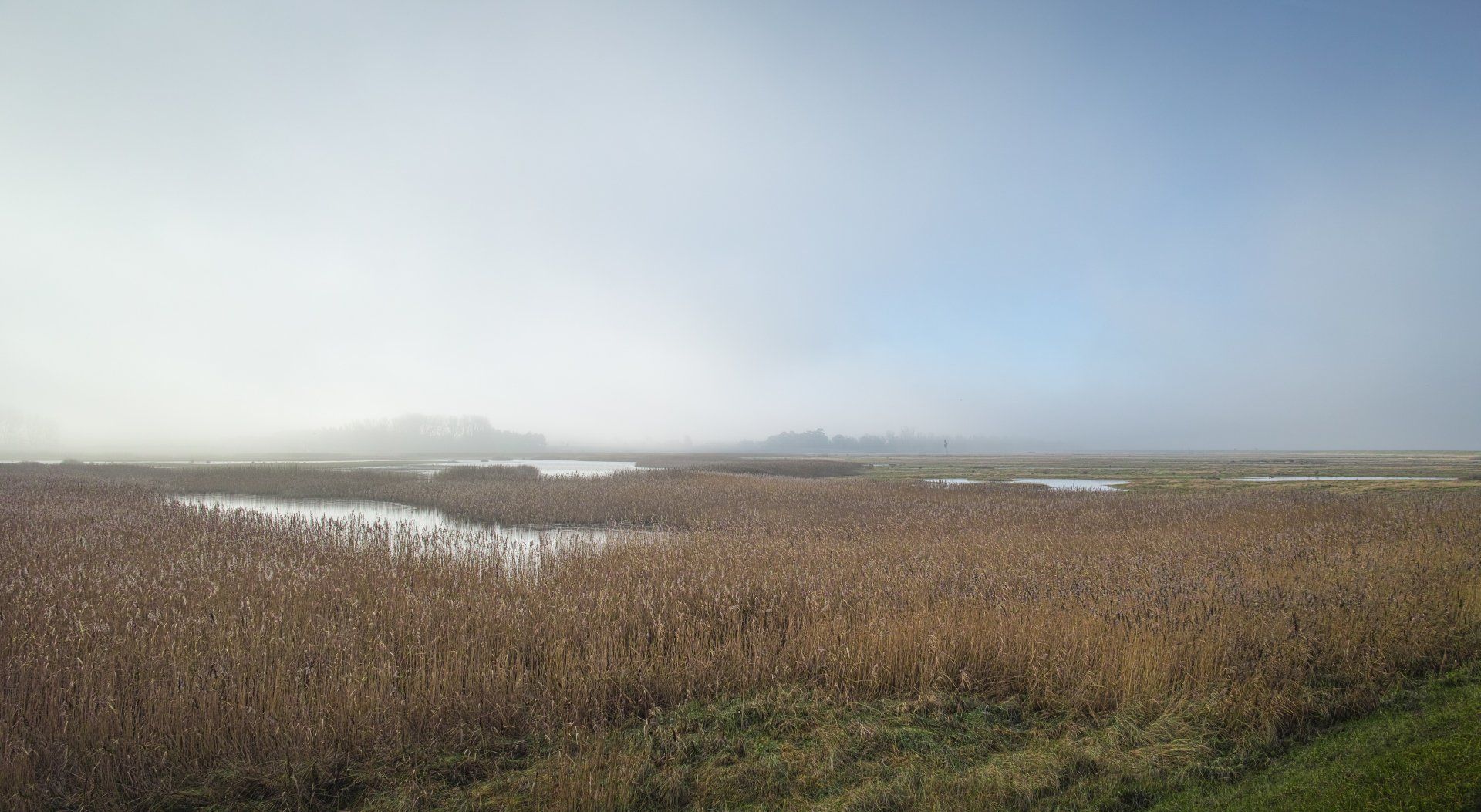Wetlands - WildEast Founder Opinion
Olly Birkbeck directs Little Massingham Estate, where he's putting regenerative farming practices into place alongside the restoration of 500 acres of heathland nature reserve.
In this opinion piece, Olly argues that East Anglia's world-famous wetlands are of intrinsic value both to ourselves and to nature and that by working together we can achieve contiguous landscape-scale recovery.
WildEast provides thought leadership on key areas affecting our wilder world and are calling for an increase of 20% in biodiversity across East Anglia in the next 50 years.

Nowadays driving across the fens on the A17, gigantic cabbages glowing purple on either side, lifeless except an old crow in the ‘adult super-store’ carpark, it’s hard to imagine the glorious past of the fens. For this arguably, was the greatest wetland in Europe. And with a few minor tweaks to our individual lifestyles, the Wash and our whole wild watery east region that drains into it, could be great again.
Just a few hundred years ago, before this land was drained (or reclaimed as it’s ridiculously known) to make way for industrial agriculture, when mass consumption of everything we want whenever we want it replaced sustainable consumption of local and seasonal grub, you’d have seen something different. You’d have seen pelicans, cranes and storks skewering beak-fulls of wriggling amphibians, native beavers working their architectural magic on the landscape and perhaps a lone lynx stalking the shoreline, ever hopeful, ever beautiful. A riot of birds and furry mammals unfolding across an endless, squelchy mirage of mud and sky.
For these were the ‘mershes’ as medieval maps had them, the mecca for migrating birds of all shapes and sizes, 150,000 delicious square miles of wetland habitat, the demise of Bad King John, who’s morbid countenance still haunts Norfolk Street in Kings Lynn. As legend has it, he drowned with all his treasure somewhere west of Kings Lynn, pursued by thieves. (Some things haven’t changed.)

This kingdom of water was ruled by the Great Ouse, the fifth longest river in the UK and artery of biodiversity that flows now through five counties, spilling into the Wash at Kings Lynn, fretted with the long muddy banks I used to slide down as a nipper, amongst abandoned shopping trollies. Such sylvan beauties as the Cam, the Wissey and the Lark also flow into this slithering giant.
The skeleton of this wild landscape is still intact, but the flesh has been picked clean, poisoned, canalised and ruined to make way for factory farming and development. Together we can put meat back on these glorious bones.
Let’s start with the boring reasons that wetlands are important. That is, why they’re to important us. Wetlands store unbelievable amounts of carbon and through physical, chemical and biological processes. They are a buffer between land and sea, causing the land to be porous and preventing our houses from falling into the drink and many of our livelihoods being ruined overnight. They are living sponges, soaking up the weather and purifying our water.
Wetlands prevent soil erosion because the roots of millions of plants bind the soil and prevent it from draining into the sea. They also have the same effect the other way, absorbing the power of the waves before they crash through our farmland and poorly placed developments. Yes, we need them.

A far more important reason that isn’t entirely focussed through the narrow prism of human convenience is that the natural world has intrinsic value. Its wholesale destruction has happened within a few generations. We look back at three hundred years of romanticised fenland life but forget the 10,000 years of natural abundance that we’ve chucked under the bus in the time it takes to fire up a combine harvester.
(Don’t start on food security. I’m a farmer. The food security argument is spun by people like me so they can keep growing millions of acres of mush for animals to quench our god given right to cheap meat, all day long, all year round, as our girths swell to huge proportions and the NHS groans with misery. This is also why the amazon and all the great wildernesses around the planet are disappearing.)
So how do we do it? Quite simply actually – mass participation and cooperation. If we all act together we can fix our landscape before these satanic chickens come home to roost. This is where WildEast come in.

Incredible organisations like Water Resources East (WRE), Anglian Water, the Broads Authority, and the National Trust are providing the thought leadership to manage the pressure of an increasing population and regional economic growth between the Thames and the Humber against the huge environmental responsibilities we face. They are retaining water through reservoirs, moving water from surplus to deficient areas and increasing resilience through the restoration of wetlands and natural systems. WRE are also exploring alternative systems to save our skin, such as desalination of sea water.
But here’s the thing. It’s on us too. And it’s not just about the vast quantities we waste. The corporations, the government agencies and even the small army of enlightened farmers are doing their bit to re-wiggle rivers and arrest chemical run off and soil erosion. But we the public own the spaces in between these projects which otherwise are just little islands in a fragmented landscape. The WildEast Map of Dreams knits it all together. It shows us how what you’re doing in your back garden connects the wetlands and woodlands being restored by big organisations, making all them far greater than the sum of their parts.
Our colleagues and followers including all the organisations named above and thousands of gardeners, walkers, businesses and custodians of public and private areas are all subscribed now to the Map of Dreams and Natural England has backed WildEast to take this forward.

Part of this is to celebrate the wonderful stuff that people are already doing. Beavers, native here for millennia but absent these last few hundred years are returning to our wetlands. Yes, they might flood the odd field, but compensation is available. Let’s stop condemning entire species to death because they cause a minor headache to 0.001% of the population.
Let’s not settle for a slightly less awful version of the depleted skeleton we have now, but for nothing less than an epic transformation of the landscape – wetter, woodier and wilder. We need nature. We need it to breathe, to drink water and we need it to avoid the unimaginable horror of it not being there, giving us succour, meaning, escape and identity.
We cannot and must not aspire to recreate a bucolic fantasy of times gone by. We must use existing features interspersed as they are with the trappings of modern society to reinvent the natural world while still filling our bellies. Our glorious wetlands are the principle feature of the delicate East Anglian landscape that we must, for our sake and for the survival of natural abundance, recreate and cherish them.

WildEast Blog

Powered by LocaliQ
Follow Us
SIGN UP FOR NEWS & UPDATES
Newsletter Sign Up
Thank you for signing up to our newsletter.
Please try again later.
Privacy / Terms & Conditions / Sitemap
